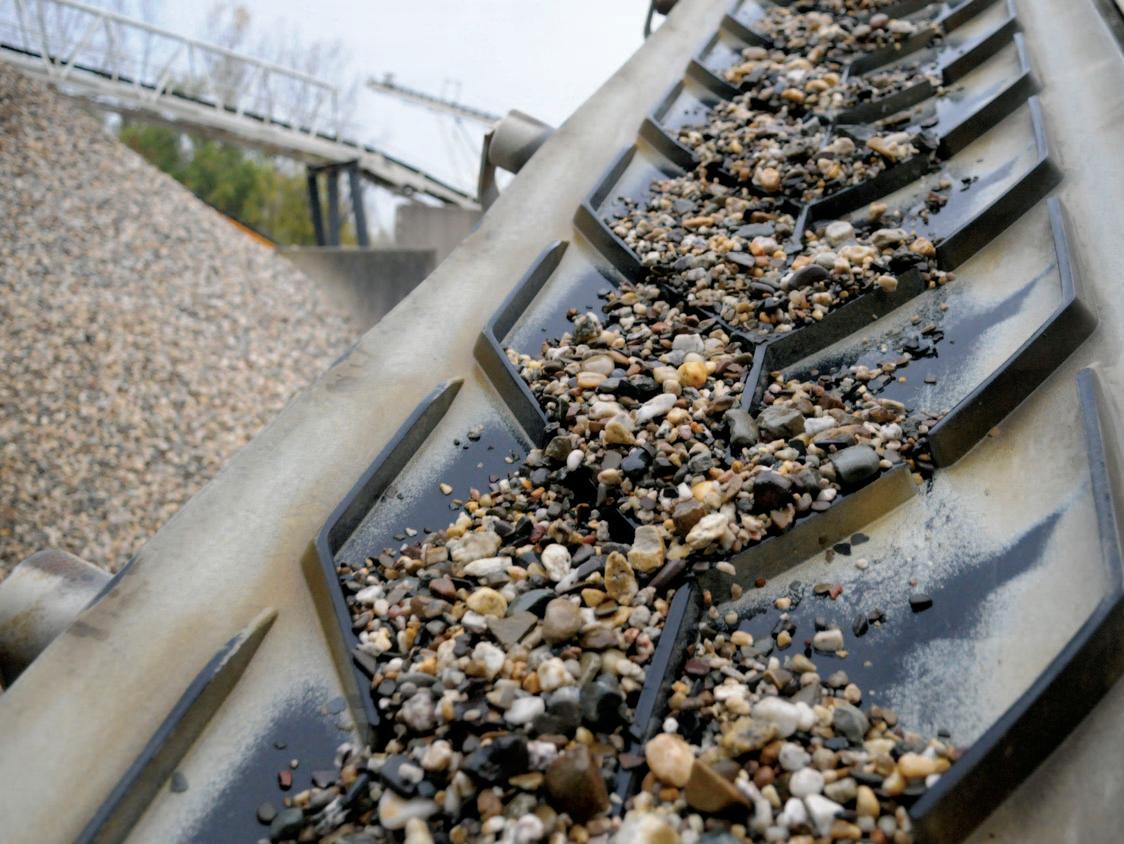
8 minute read
Moving into high gear with bulk conveyor systems
Chevron conveyor belts – the good, the bad and the ugly
When it comes to chevron profiled belting, appearances can be very deceptive. One belt may look virtually identical to another belt and the basic specifications may also appear to be identical. Therefore, it is perfectly reasonable to assume that the durability, repair and maintenance requirements and working lifetime will be roughly the same. In reality, nothing could be further from the truth. It is not unusual, especially with so-called ‘economy’ belts, to find chevrons as high as 25mm or 32mm starting to separate from the base belt and/or wearing almost completely flat within a matter of a few months and in some cases, weeks. Here, conveyor belt specialist Leslie David explains why there can be a world of difference between belts made by one manufacturer compared to another.
The Most Common Problem
The most popular profiled belts used on steep incline conveyors are those with chevron-patterned profiles, which guide and control the flow of material. These range from 15mm up to 32mm in height above the belt surface. The most common problem is that the chevron profiles split and ultimately become completely detached from the base belt. One of the main causes of this is the constant flexing around pulleys and drums. Belts with horizontal profiles such as cleats are rarely affected but belts with more longitudinal profile patterns such as chevrons are a very different matter.
The Best Indicator
The reason why this occurs on one belt and not on another is very easy to explain and also applies to one belt needing much more frequent repairs and providing a much shorter operational lifetime. The answer is the quality and consistency of the rubber and the type of production process used to create the raised profiles. By far the best indicator of probable deficiencies is when there is a significant difference in the asking price. of the rubber polymers in the rubber compound. Another cost-cutting practice is the use of a cheap form of carbon black, which is a crucial ingredient of rubber. Cheap, low-grade carbon black can be created by burning disused car tyres. Some 20% of rubber compound is made up of carbon black so it has a notable impact on the overall cost of making a conveyor belt.
This is because there is a direct correlation between the price and the quality of the rubber. There is no doubt that it is the quality of the rubber that has the biggest influence on performance, repair and maintenance costs and the costeffectiveness in terms of operational longevity. The rubber used for conveyor belts usually constitutes at least 70% of the material mass of a flat conveyor belt and even more so when it comes to chevron belting. It is therefore the single biggest opportunity for cost-cutting by manufacturers who want to compete for orders based on price rather than reliability and lowest lifetime cost.
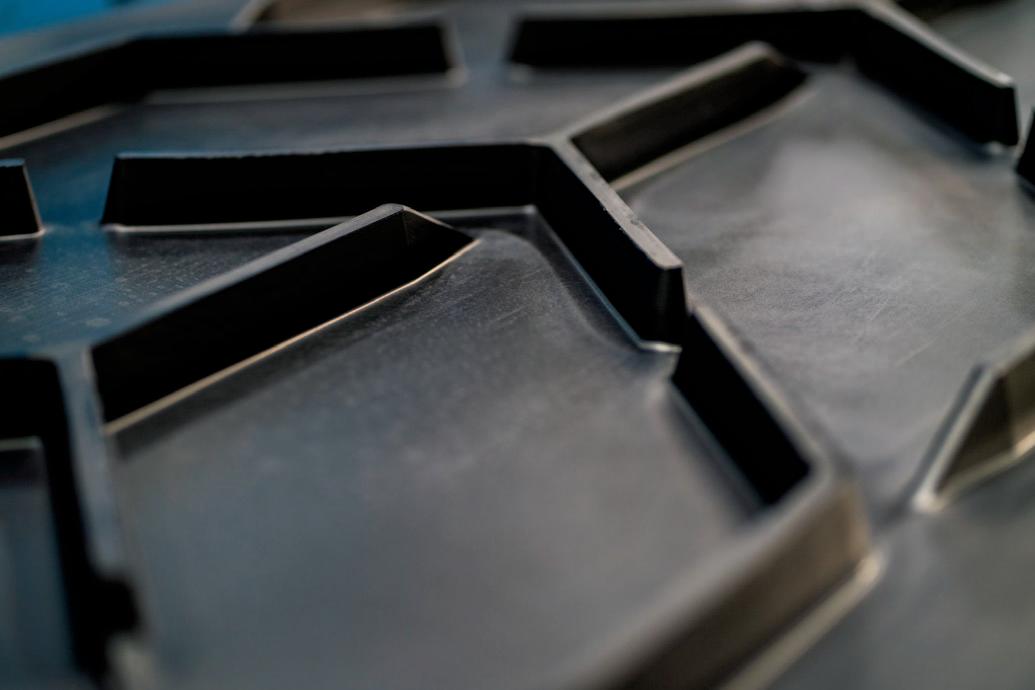
Good quality carbon black is more costly because it is created by a process of burning oil in a strictly controlled, low oxygen environment so that combustion is incomplete. But burning used car tyres not only pollutes the atmosphere it also means that any oils and greases remain present within the ‘regenerated’ materials, which has a detrimental effect on the physical properties of the rubber. The net result of these practices is rubber that has very poor resistance to dynamic stress, wear and tear, including cutting and gouging of the surface, and the degradation caused by ground-level ozone and UV exposure. As you would expect, the combination of some or all of these factors seriously reduces the operational lifetime of the belt.
The Good
A completely homogenous structure can handle the dynamic stress forces created by the continual flexing around pulleys and drums much more easily. In fact, the whole structure is significantly stronger and more resilient against spreading damage or having profiles that split or shear off.
THE TWO -STAGE PROCESS
To best appreciate the advantages of a single homogenous chevron belt structure, it is first necessary to understand the difference between the two production processes. The vast majority of chevron profile belts are created using a two-stage vulcanization process. This involves using a belt carcass consisting of layers of fabric reinforcing ply and covered by a layer of uncured rubber compound on the top and bottom surfaces, which is placed in the vulcanization press. A mould plate that has been filled with uncured rubber is then placed on top of the base structure. Alternatively, the mould plate is extracted, filled with uncured rubber and then replaced back under the base structure. In both cases, the complete structure is then vulcanized to create the finished belt.
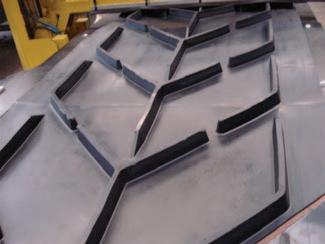
Tricks Of The Trade
The two most common methods used to minimize the cost of the rubber are the use of recycled rubber of highly questionable quality and origin and the use of cheap ‘bulking’ fillers such as chalk to replace part
The essential requirements needed to manufacture a durable, low-operating cost chevron belt are two-fold. First is the use of a single rubber compound formula for both the base belt structure and the chevrons. This then allows the creation of a single, homogenous structure using a onestep vulcanization production process rather than the more common two-step process.
The key weakness with this method is that the uncured rubber compound used to construct the base belt structure cannot be the same as the rubber used on the top and bottom cover surfaces. This is because the rubber used to fill the chevron profile mould has to be more malleable and flow more easily so that it can completely fill the mould cavities. However, in almost all chevron belts that are made in this way, the contact point where the two different rubber compounds join instantly becomes a point of weakness because, as explained earlier, the chevron profiles constantly stretch and flex under significant tension each time they run around a pulley or drum. This means that unless the bond between the base belt carcass and the chevron profile is absolutely flawless then sooner or later dynamic stress fractures in the profile will begin to occur, eventually causing the profile to split and all too often completely part company with the rest of the belt.
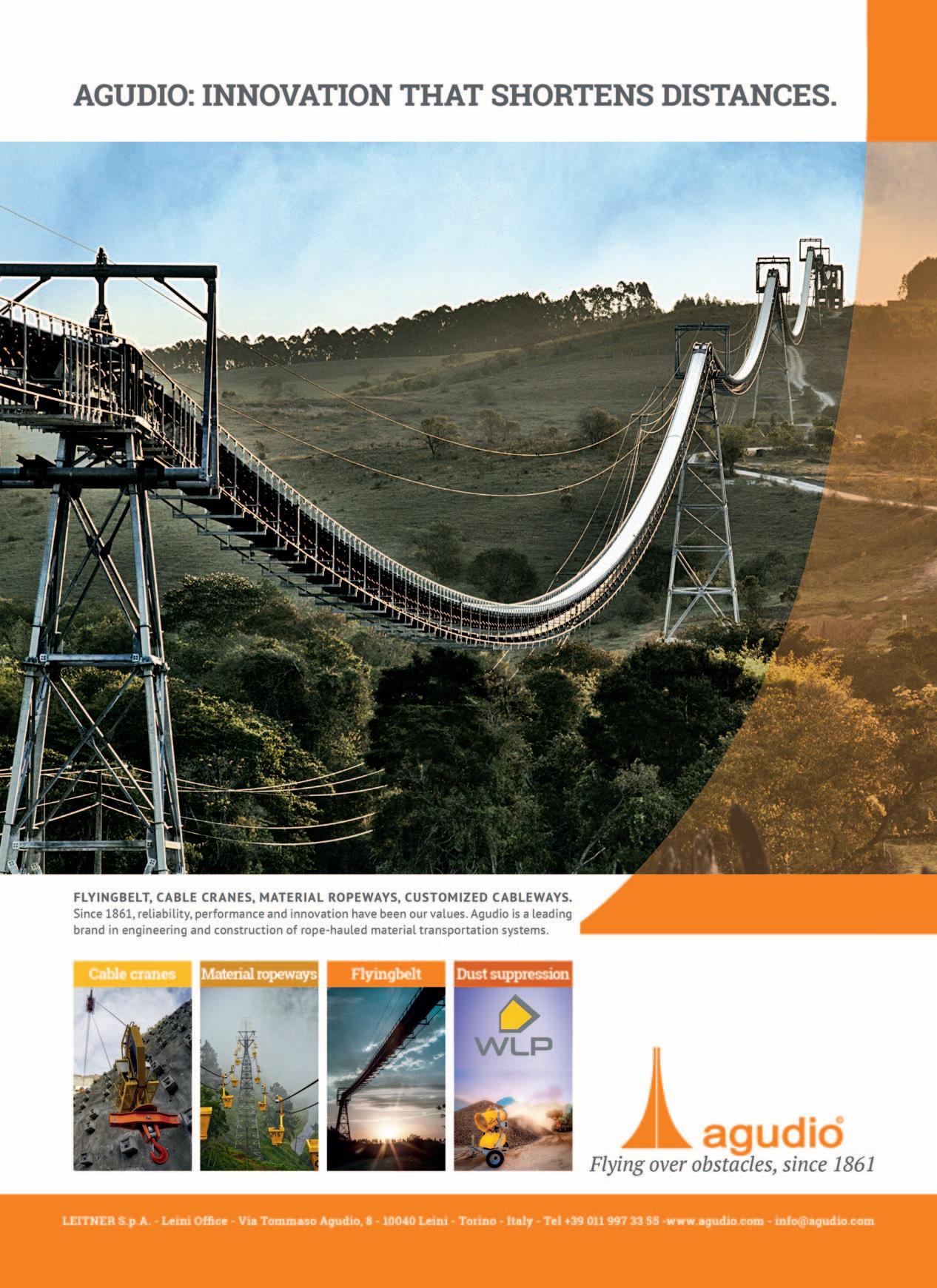
This problem is significantly magnified on mobile conveyor equipment with relatively small pulley diameters. The smaller the pulley then the higher the dynamic stress. Failure will happen even sooner if, as I touched on earlier, one (or both) of the rubber compounds are not fully resistant (as per ISO 1431 testing) to the effects of degradation (surface cracking) created by chemical reactions in the rubber caused by ground level ozone and ultraviolet light. Sad to say, as a consequence of the relentless pursuit of low prices, the vast majority of manufacturers do not use rubber that contains the necessary antiozonants needed to protect it from ozone & UV damage.
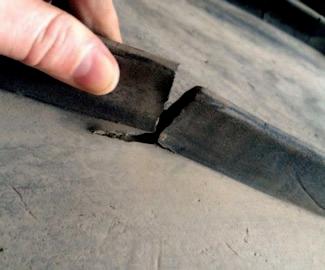
MAKE IT ONCE , MAKE IT STRONG
To create a single homogenous structure the base belt (at this stage comprising of only uncured rubber) is placed in the vulcanizing press between the base plate of the press and a chevron mould plate positioned immediately below it. The base belt will already have a specific quantity of uncured rubber on the top cover surface in addition to the volume of rubber needed to achieve the minimum thickness of the top cover of the base belt and create the chevron profiles following vulcanization. The actual amount of ‘extra’ rubber needed depends on the design and depth of the chevron pattern. The compression of the upper and lower plates then forces the additional rubber to flow into and fill the mould cavities. Vulcanization of both the base belt structure and the rubber-filled moulds then takes place simultaneously to form a single homogenous unit.
Because of the technical complexity and the higher costs involved, perhaps it is not surprising that apart from Dunlop Conveyor Belting, hardly any other manufacturer of note produces profiled chevron belt in this way.
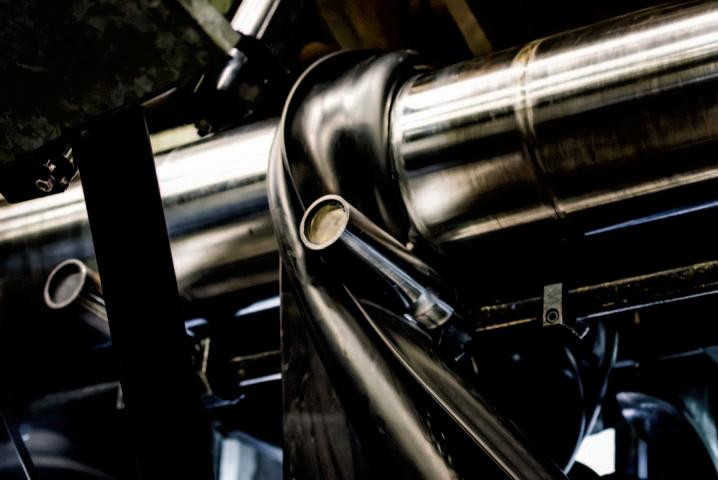
MULTI-FACETED RUBBER
An essential requirement of the one-step production process is having a single rubber compound that has been specially engineered for both the base belt structure and the chevrons and which can be vulcanized virtually simultaneously within the mould and the base belt structure. In addition to being sufficiently malleable to allow it to flow smoothly and evenly into the moulds, the rubber also needs to have all the physical properties mentioned earlier including being fully resistant to the effects of ozone and ultraviolet light. It also needs to conform to European REACH regulations so that the end-product is also safe for conveyor operators to handle.
This may sound relatively straightforward but it is actually extremely difficult (and more costly) to produce such a versatile, multi-faceted rubber compound. This is due to the huge number of chemicals, polymers and additives that need to be used, which have to be very precisely balanced and mixed so that the final compound ‘cocktail’ possesses all of the necessary physical properties. Fortunately, the difficulties are hugely outweighed by the considerable advantages.
A Much Shorter Working Life
Although easier and cheaper to achieve, the biggest disadvantages of the two-step production process, is that two non- that time, he has become one of the most published authors on conveyor belt technology in the world. identical rubber compounds are vulcanized (bonded) together. One compound formula is used to create the base belt and a different, more malleable compound is used in the mould plates. The first big disadvantage is that the bond between the different compounds is naturally weaker and more prone to the effects of dynamic stress. The second big disadvantage is that the more pliable compound used for the mould plates invariably has a much lower resistance to cutting and abrasion.

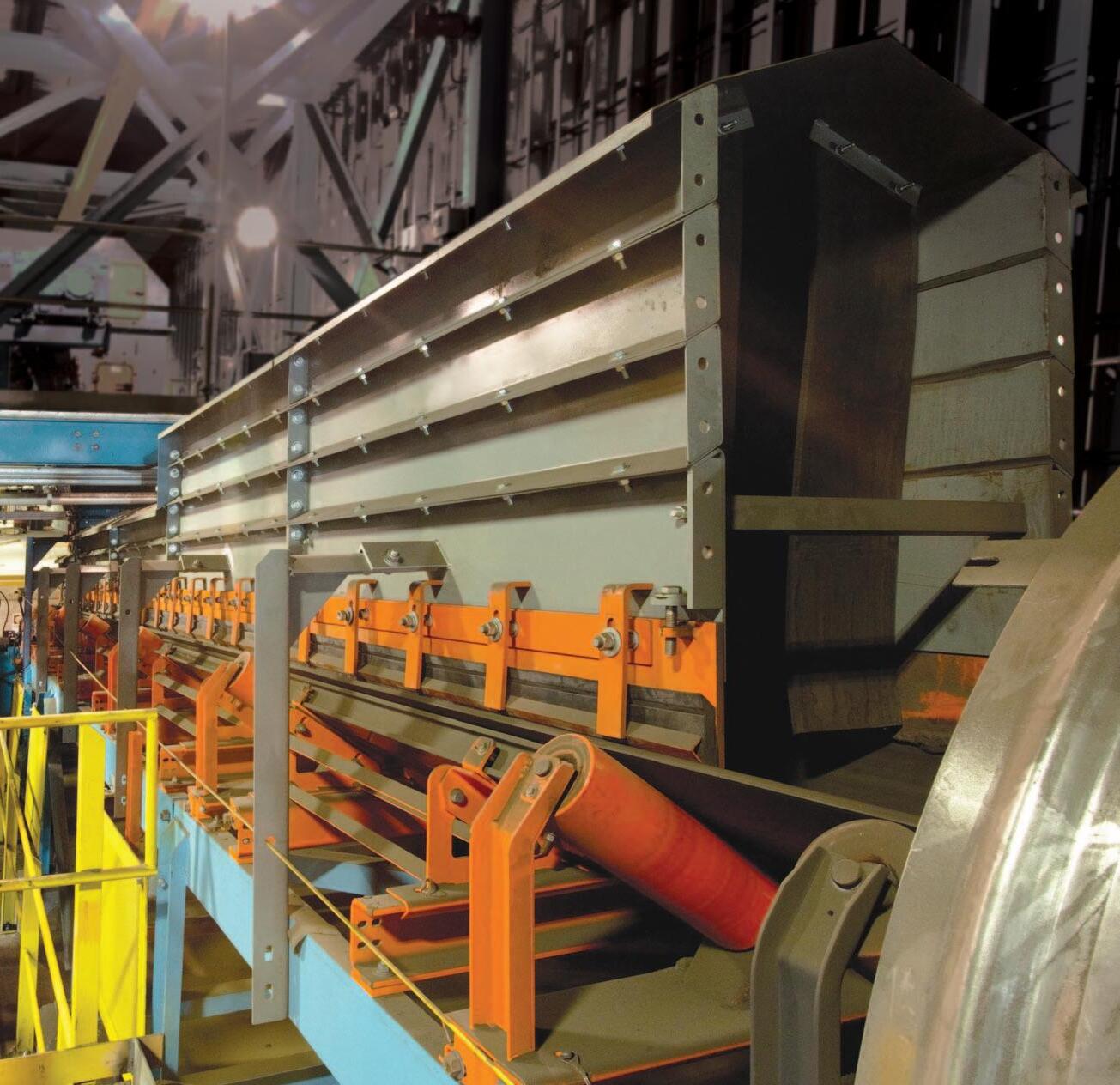

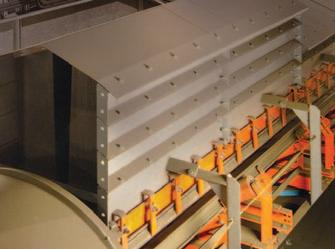
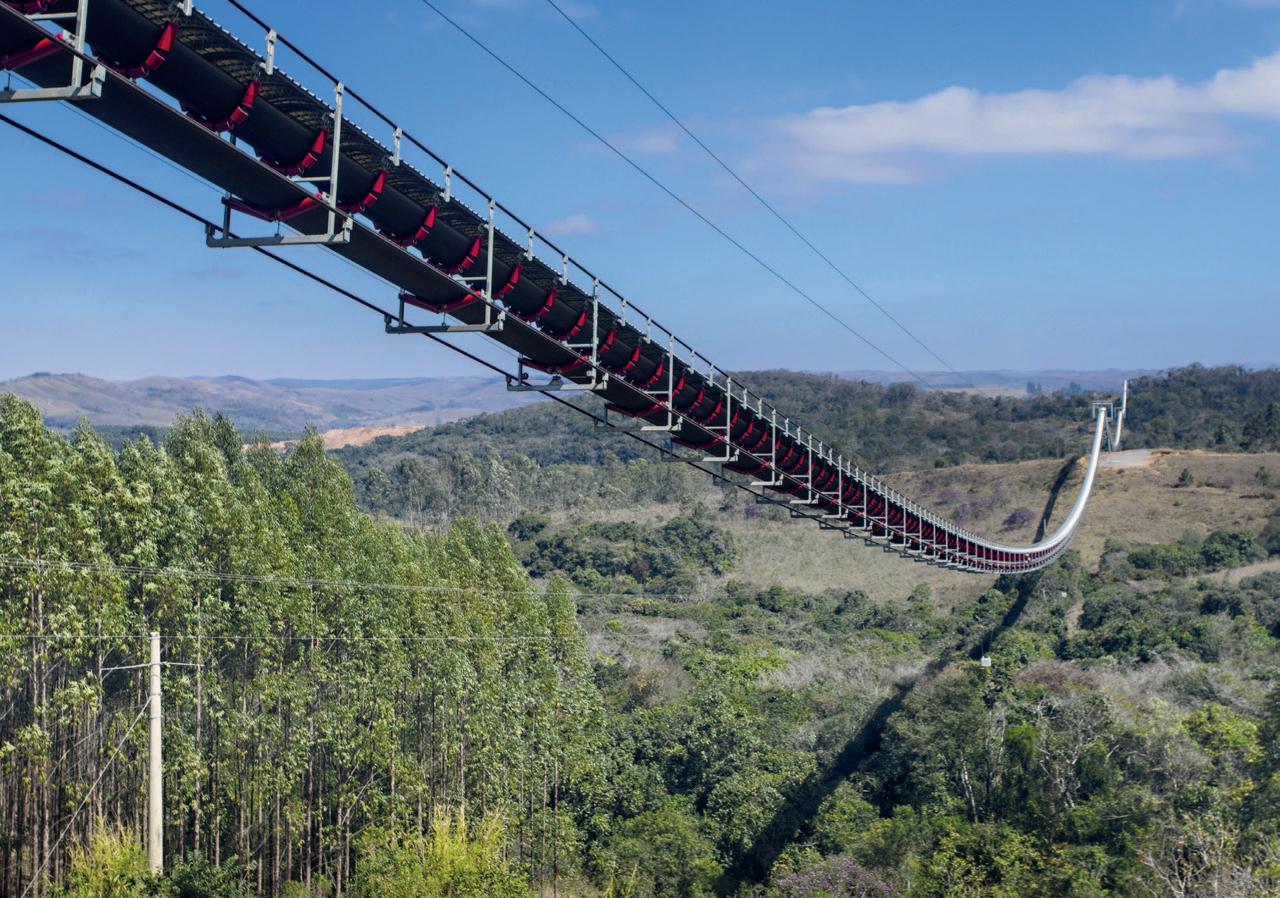

Research and experience has shown that the rubber used to make the chevrons in the two-step production process will almost certainly have a much lower resistance to abrasive wear than would normally be acceptable. It is not unusual, especially among so-called ‘economy’ belts imported from Asia, that even chevrons as high as 32mm can wear almost completely flat within a matter of a few months and in some cases, weeks. And while this is happening the efficiency of the belt steadily diminishes.
Cheap For A Reason
The harsh reality is that chevron, and indeed conveyor belts in general, are often viewed as ‘sacrificial’ components. The aim seems to be to pay as little per metre as possible even though the need to regularly repair and replace worn and damaged belts is much more expensive both in terms of lost productivity and day-to-day running costs.
A cynic might also say that for some manufacturers, belt suppliers and service companies, regularly replacing chevron belts is a highly lucrative business that would not be nearly so profitable if the belts were a lot more durable and lasted a lot longer. Fortunately, the high-quality European belt manufacturers and the service companies that represent them, do not think that way.
About The Author
After spending 23 years in logistics management, Leslie David has specialized in conveyor belting for over 17 years. During

Conveyor belt transfer points are a source of spillage and fugitive dust. Stop spillage and minimize fugitive dust, use SealTek. A brand new and unique skirting system.

Features
• Thanks to the overlapping design, SealTek forms a continuous seal
• Perfect connection between side and tail skirt blocks
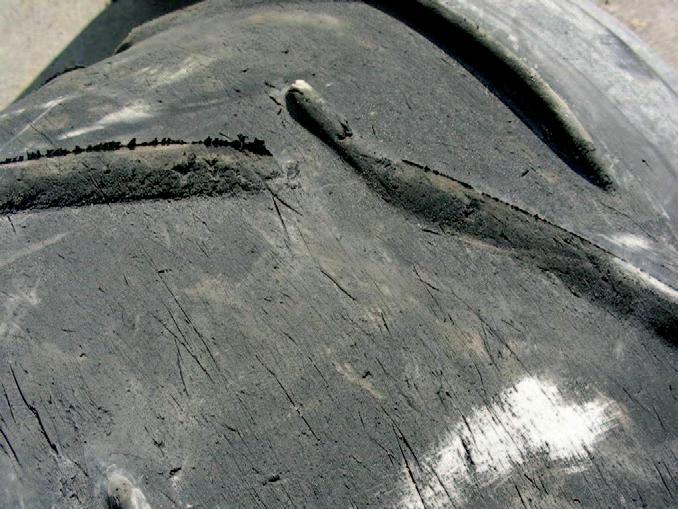
• Wear resistant backing plate acts as an external wear liner
• Each block can be individually adjusted
• One tool adjustment
• Very quick and easy replacement of worn-out skirt blocks
• Only 135 mm installation height required
• 60 mm wear life
• Environmentally friendly due to the long service life and reduced waste
Have for more information a look at this video
Make conveyor belt misalignment a thing of the past, use CenTrax. A permanent solution to keep your belt on track.

There is always a CenTrax solution for every situation!
Features
• Excellent tracking characteristics
• Wear resistant autoclaved tracker rollers
• Fitted with a unique, fully sealed and maintenance free pivoting point
• Suitable for reversible conveyor belts
• Suitable for virtually any belt construction
• Easy to install
• Low maintenance
• Long service life
• Quick return on investment
Have for more information a look at our website

